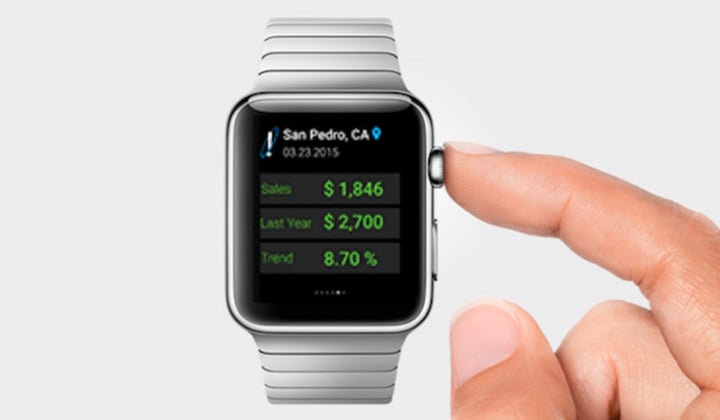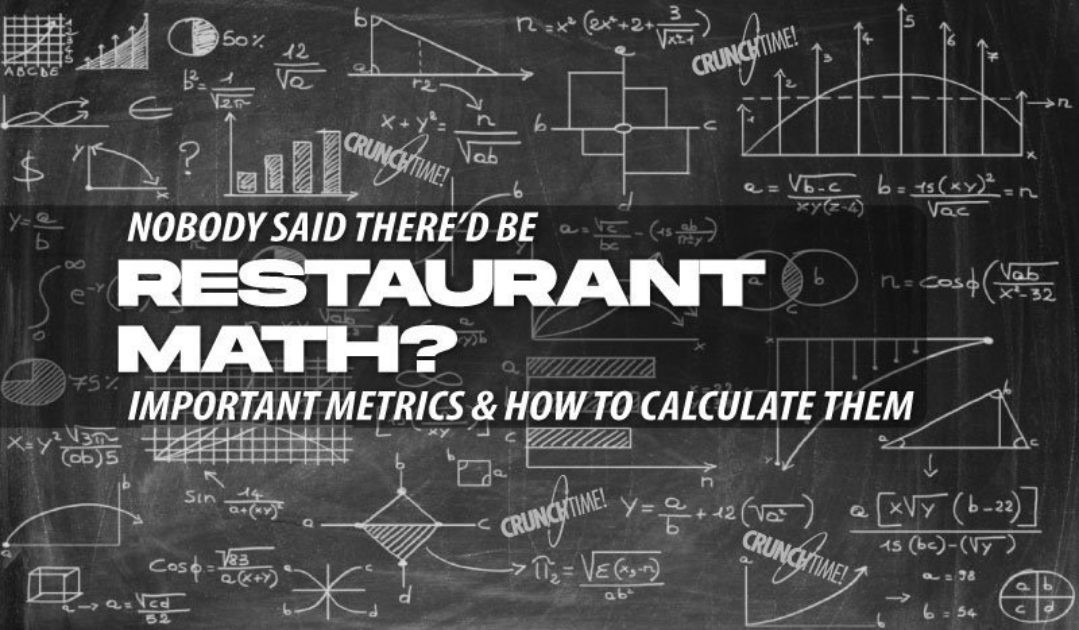
- Home
- Crunchtime Blog
- How to Calculate EBITA, COGS & Break Even Point

How to Calculate EBITA, COGS & Break Even Point
Nobody said there'd be math! Sorry, but if you want to run a successful restaurant operation, there's going to be some math included. The good news is that the most important metrics are not too difficult to calculate. And, if you have a quality restaurant management back office system, all the work will be done for you... instantly.
Here are the top restaurant financial performance metrics and how to calculate them.
Cost of Goods Sold (CoGS)
Cost of goods sold, or CoGS, is the cost required to make each menu item you sell. It represents the total amount you need to spend on inventory and materials to produce your food and beverage sales over a period of time.
- CoGS for the period = (Beginning Inventory of F&B) + (Purchases) – (Ending Inventory)
Labor Cost Percentage
Labor is a major variable cost in your restaurants. Your labor cost percentage is the percentage of your revenue that pays for labor.
- Labor Cost Percentage = (Labor / Sales) x 100
Prime Cost
Optimize your prime costs. Your prime cost is the total sum of your labor costs and your cost of goods sold (CoGS), including all food, beverage, and alcohol costs.
- Prime Cost = CoGS + Total Labor Cost
Break-Even Point
Your goal is to consistently get over your break-even point. Your BEP represents how much revenue you need to earn to cover your expenses.
- Break-Even Point = Total Fixed Costs / ( (Total Sales – Total Variable Costs) / Total Sales)
Food Cost Percentage
Get your pricing aligned with your goals. Your food cost percentage is the difference between what it costs to produce an item and its price on the menu.
- Food Cost Percentage = (Item Cost / Selling Price) x 100
Contribution Margin
This is how much profit you're making on a single menu item after the cost of ingredients have been subtracted.
- Contribution Margin = Selling Price – Cost of Ingredients
Earnings Before Interest, Taxes, Depreciation, and Amortization (EBITA)
These are your earnings resulting from operations, without financing, accounting and capital spending.
Method 1: Based on Operating Profit
- EBITDA = Operating Profit + Amortization Expense + Depreciation Expense
Method 2: Based on Net Income
- EBITDA = Net Income + Interest + Taxes + Depreciation + Amortization
Gross Profit & Gross Profit Margin Percentage
Deducting the costs of goods from your sales will provide your gross profit.
- Gross Profit = Total Revenue – CoGs
- Gross Profit Margin Percentage = (Gross Profit / Total Revenue) x 100
Did you know that CrunchTime tracks over 20,000 metrics and has over 100 reports right out of the box. To learn more about how we can help you analyze your restaurants performance ... from any angle, reach out to us.
Share this post
Related


5 Ways Restaurant Management Software Unifies Multi-Unit Teams

